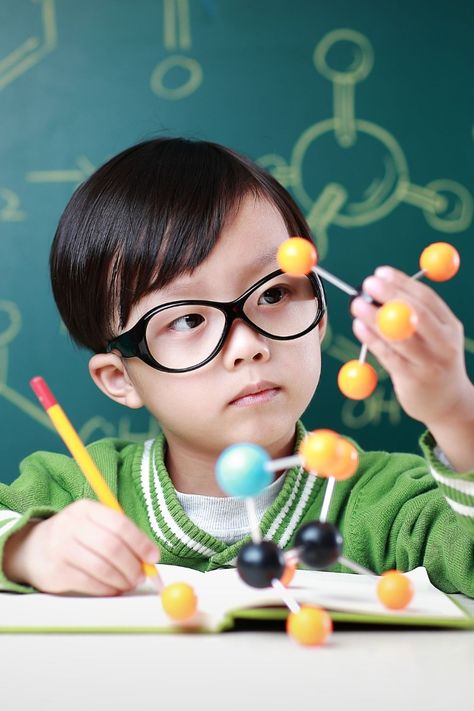
About Kinesthetic Learners
Kinesthetic learners, also known as tactile learners, are individuals who learn best through physical activities, hands-on experiences, and movement. This learning style is one of the three main types identified in the VAK (Visual, Auditory, Kinesthetic) model of learning, developed by Neil Fleming. Understanding kinesthetic learning is crucial for educators, parents, and the learners themselves to optimize the learning process and achieve better educational outcomes.
Characteristics of Kinesthetic Learners:
- Hands-on Approach: They prefer learning through doing rather than watching or listening.
- Physical Activity: They often fidget, move around, or use gestures while thinking or learning.
- Experiential Learning: They excel in learning environments that involve experiments, role-playing, or field trips.
- Tactile Memory: They remember things better when associated with physical movements or sensations.
- Energy and Motion: They often have high energy levels and enjoy sports or dance.
Learning Strategies for Kinesthetic Learners:
- Hands-on Experiments: Incorporating physical experiments or demonstrations helps reinforce concepts.
- Role-playing: Acting out scenarios or historical events can aid in understanding and retention.
- Movement Breaks: Regular breaks for physical activity can improve focus and information processing.
- Manipulatives: Using objects like blocks, puzzles, or models can enhance understanding of abstract concepts.
- Note-taking: Encouraging doodling or mind-mapping can help kinesthetic learners process information.
- Standing or Walking: Allowing movement while studying or discussing topics can boost concentration.
Challenges and Solutions:
Kinesthetic learners may struggle in traditional classroom settings that emphasize sitting still and passive listening. To address this:
- Incorporate movement into lessons, such as having students act out concepts or use gestures.
- Provide fidget tools or stress balls to help with focus during sedentary activities.
- Use interactive technology and hands-on learning stations in the classroom.
- Encourage project-based learning that involves building or creating.
Strengths of Kinesthetic Learners:
- Excellent hand-eye coordination and fine motor skills.
- Strong spatial awareness and ability to understand physical relationships.
- Often excel in sports, dance, acting, or hands-on professions like surgery or engineering.
- Good at following demonstrations and replicating actions.
Implications for Career Choices:
Kinesthetic learners often thrive in careers that involve physical activity, hands-on work, or spatial reasoning. Some suitable career paths include:
- Sports and Athletics
- Performing Arts (Dance, Acting)
- Physical Therapy or Occupational Therapy
- Surgery or Dentistry
- Engineering or Architecture
- Skilled Trades (Carpentry, Mechanics)
- Culinary Arts
Understanding and accommodating kinesthetic learning styles can significantly improve educational outcomes and personal development. By recognizing the unique needs and strengths of kinesthetic learners, educators and parents can create more inclusive and effective learning environments. This approach not only benefits kinesthetic learners but can also enrich the learning experience for all students by incorporating diverse teaching methods and activities.




